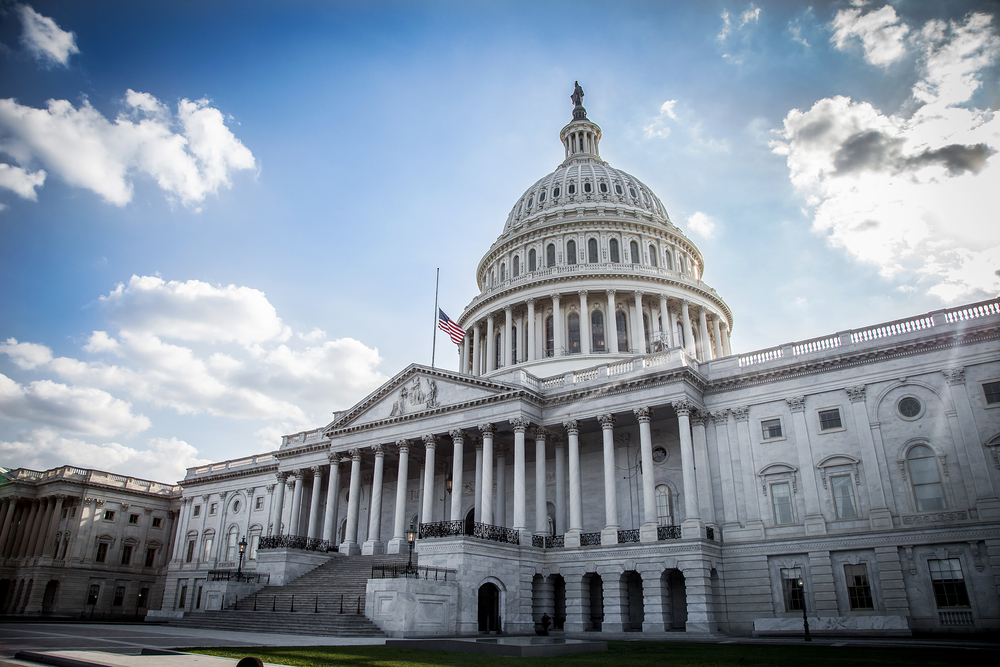From Policy to Practice: What Federal AI Needs to Succeed

Mitchell Sutika-Sipus, Chief Solutions Architect at AutogenAI
At AutogenAI, we admit it—our AI is biased. Deeply. And that bias is growing. We’re not sorry. In fact, we embrace it and make it more biased every day. Our goal is to ensure AutogenAI is biased toward creating differentiated, winning proposals. This isn’t just a pretty workflow layered on top of ChatGPT. We’re building a highly specialized tool on infrastructure optimized to write brilliant proposals.
Last week, the U.S. AI Action Plan was announced, offering political guidance to all U.S. government agencies to support the development of AI infrastructure. The U.S. Government views AI as a strategic national resource, critical to maintaining America’s technological superiority in the global AI race. Among its priorities are the development of physical infrastructure, increased investment in AI R&D, and measures to combat top-down ideological bias within AI models—all aimed at reinforcing AI’s role in American economic development.
We know a bit about this. In spring 2025, AutogenAI provided policy recommendations to the White House Office of Science and Technology Policy for the U.S. AI Action Plan. We proposed concrete initiatives to foster innovation, strengthen security, deepen collaboration among allies, secure AI infrastructure, and accelerate federal AI adoption. Having contributed to the plan, we’re pleased to see alignment between several of our recommendations and the final version. It feels good to know we’re helping shape the global future of AI.
AutogenAI advocated for an accelerated AI Adoption Pathway to help the U.S. Government acquire and deploy emerging technologies more quickly. The AI Action Plan responds with a call to create an AI procurement toolbox, designed to streamline and standardize AI adoption across the federal government.
We also recommended deeper collaboration among existing alliances within the Five Eyes community—U.S., Canada, U.K., Australia, and New Zealand. The AI Action Plan reflects this, directing the Department of State to develop a strategic plan for technology diplomacy. The goal: align incentives and policy levers with complementary AI protections and export controls among allies.
Some areas of alignment, however, we wish were stronger. For example, we advocated for tax incentives to spur new business formation among companies building AI solutions. The plan includes support for semiconductor production, data center expansion, and workforce training pilots. But we know from experience that massive data centers don’t create many jobs, and successful training programs require real market demand. By working with us to win larger contracts, our customers create thousands of jobs across the U.S. We hope to see future policies support commercial, multi-sector AI growth, not just industrial-scale development.
And then there’s bias—one of the most hotly debated concepts in AI. The AI Action Plan rightly asserts that “AI systems must be clear from ideological bias and be designed to pursue objective truth.” At AutogenAI, we take this seriously. We offer users transparent control over information sourcing, leverage databases of verified factual content, and enable robust citation tracking across our workflows. These safeguards align with the plan’s call for trustworthiness and transparency.
But we also bring a deeper, more technical lens to the conversation. All reasoning systems—human or machine—are shaped by context, assumptions, and goals. In data science, bias is not inherently bad; it’s essential. The task is not to eliminate bias entirely but to ensure that AI models are tuned for constructive, context-sensitive outcomes. For us, that means building models positively biased toward writing compelling, competitive proposals. Sure, you could use AutogenAI to write a casserole recipe—but you’d be better off with a cookbook.
Research shows that large language models perform best when the objective is clear and the criteria for success are well-defined. In proposal writing, only one submission wins the contract. There may be no algorithm for “truthiness,” but as AI proposal specialists, we have crafted measurable indicators of argument strength, evidentiary rigor, and technical relevance. By embedding these benchmarks into our platform, we foster a productive form of bias—one that’s calibrated to real-world success.
So if the future of American AI is about trust, security, and competitive edge, then the stakes are too high for generic assertions that bias should be gone from AI. Instead, let’s embrace specialized, transparent, and purposeful AI that’s biased for mission success. That’s what we’re building at AutogenAI. And we’re just getting started. We look forward to continuing our work with federal agencies to shape what comes next.
To learn more about AutogenAI, contact us today.


